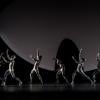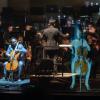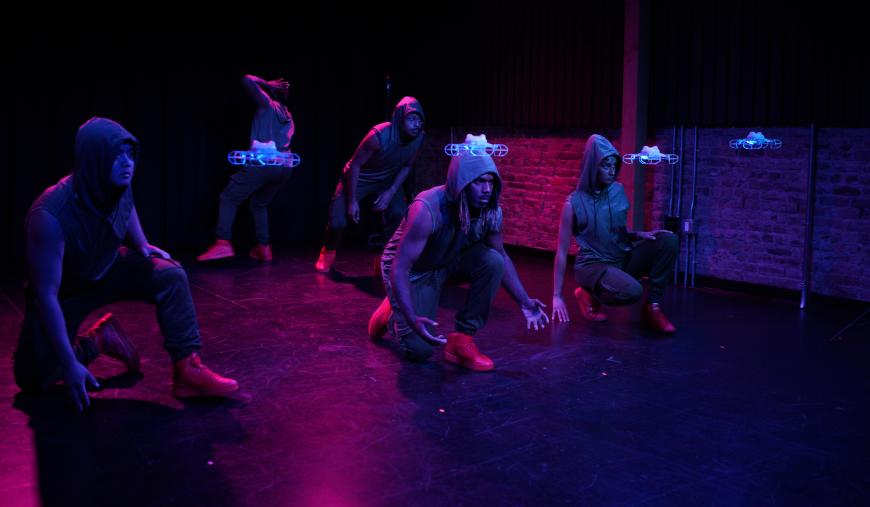
Scholar and post-disciplinary artist Raissa Simpson, whose award-winning choreography is at the intersection of racial and cultural identities, founded PUSH Dance Company 19 years ago. To celebrate that milestone, and the future of creative technology, a symposium and dance performance will take place March 16 at the Ruth Williams Opera House (formerly Bayview Opera House).
The event, which will gather leading Black technologists, including flying drone operator John Eric Henry and AI developer Philip Butler (an assistant professor at Denver’s Iliff School of Theology), as well as interdisciplinary artist and musician Miles Lassi, promises to be quite the afternoon. Indeed, with the world premiere of her dance Performable Posthumanism, Simpson will demonstrate what happens when humans and tech collide in harmony and chaos.
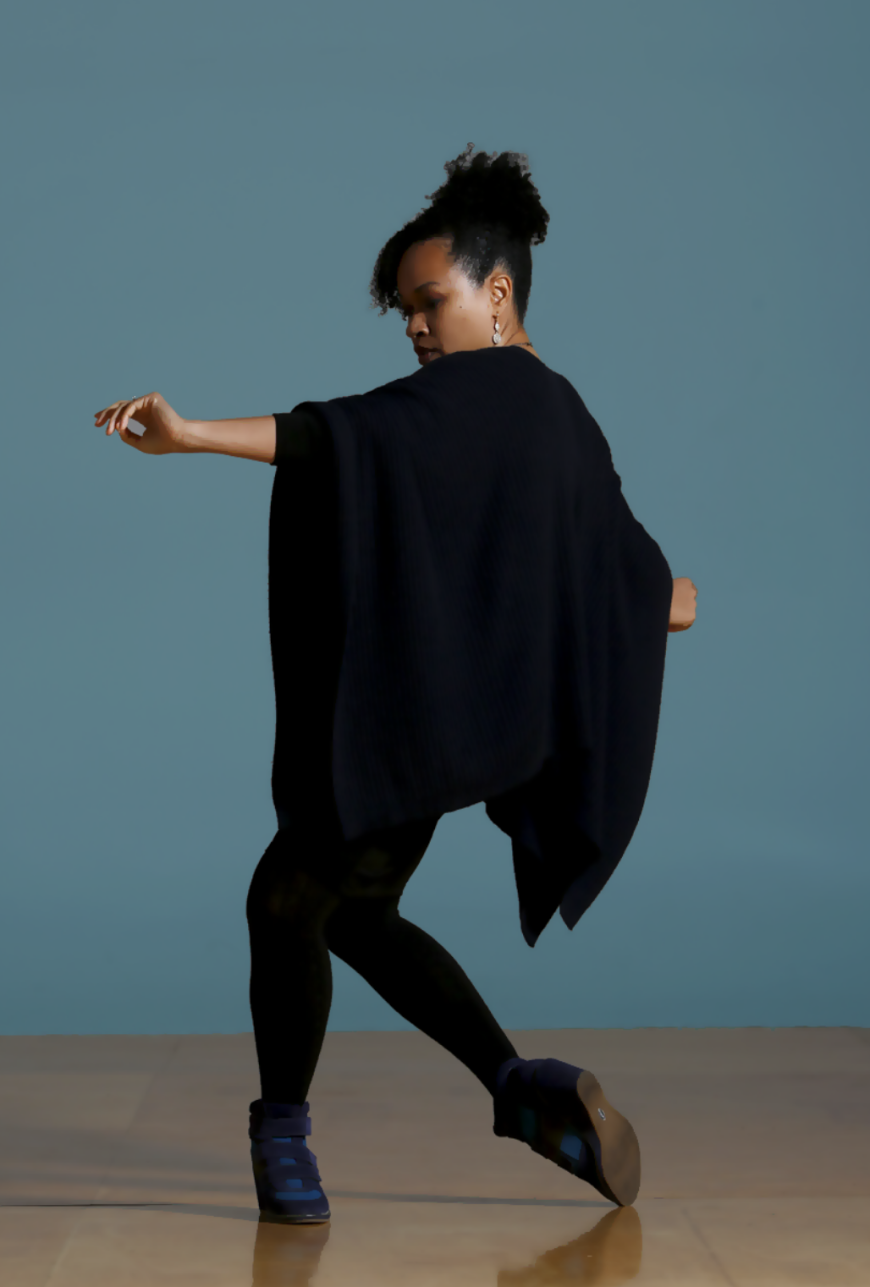
In a phone call from San Francisco, Simpson said that the meeting of two worlds was at first “very jarring. The relationship is one that is not reciprocal, and we found this out from working with our flying drone operator, John Eric Henry, a Black technologist who 3D-prints his drones [and] programs them through [the general-purpose programming language] Python. Initially, we had a lot of collisions with humans and drones.
“You throw them in the air,” explained Simpson, “[and] it’s up to the dancers to control them. They do that by passing their hands over the top or to the side. It is very complicated, and we have to train and work with them. Toy drones don’t have a flight pattern, but John’s are choreographed by programming: They can go in a circle. They can go up and down. They can do a lot of things … and it’s up to the dancers to respond to the way the drone is moving.”
About the size of a football and extremely lightweight, the drones, Simpson reported, “range in color from white to light gray. They can change colors [and] have lights, blue [and] green to red and yellow. Audience comments [said that] sometimes they look like bugs, sometimes stars. It depends on what the movement dictates.”
In creating Performable Posthumanism, Simpson, who is Black and Filipina, examined potential outcomes of AI technology in the judicial system for people of African descent. She said that having the dancers work with robotics “ties in the theme of how technology is a lot like us. And when I say ‘us,’ I mean Black people.
“What do I mean by that? [It’s] the historical connotation of something or somebody being controlled by another human being,” said Simpson. “We’re looking at slavery, how we did the work Europeans didn’t want to do, and that work is being replaced by machines. How we treat the machines is they’re not human. In the dancing, what we find is we had collisions because we weren’t dancing with machines like they were human.”
Simpson, whose works have been presented at the Aspen Fringe Festival and Black Choreographers Festival, has been described by erstwhile Village Voice dance critic Deborah Jowitt as dancing “big.” Earning a degree from SUNY Purchase Conservatory of Dance and a master of fine arts from UC Davis, Simpson, along with her company PUSH, snagged an Isadora Duncan Dance Award in 2023.
Her interest in AI goes back several decades, to when she was at SUNY Purchase from 1997–2001 and took classes at Merce Cunningham’s dance studio. “I got to watch Merce working,” recalled Simpson. “He was so sharp and so focused on technology. I really appreciated how, for him, it was a lifetime of exploration and building.”
1999 saw the premiere of Cunningham’s radical work Biped, which used computer-generated visual imagery as a kind of prism through which stage dancing acquired new facets and opportunities for counterpoint. Simpson said, “Merce gave me a sense that I also want to create art that really reflects the times that we live in. Merce was ahead of his time. He was prophetic.”
These days, for Simpson, dancing is the multiverse. “The question our AI developer, Philip Butler, asked is, ‘What version of yourself is important in this moment?’ That question is the conversation that dancers have all the time. We’re so attuned to our relationship to space, to place, to each other, [and] we also create this multiverse around ourselves.
“We have to adapt and change,” Simpson continued, “depending on what we’re asked to do in terms of movement. Being in the multiverse is similar to being a dancer onstage. The environment is fabricated. It’s up to you to carve out space. It’s up to you to bring any type of emotion or character that the choreographer asks [you] to do. The only prompts I gave the dancers were ‘child,’ ‘teenager,’ ‘adult,’ and ‘elder.’”
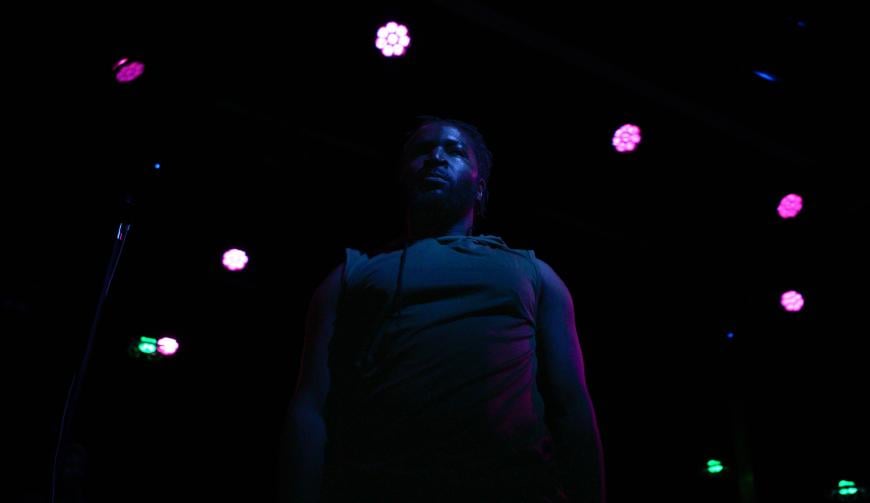
As for what Simpson wants the audience to take away from the performance, she replied, “I don’t want the audience to take away what I take away, but I do want them to get a sense of how we use technology. I’m not afraid of technology, but I’m a little wary of who is developing it and why. But I do want people to be interested in technology.
“People [should] understand that it’s time to focus on human-centered tech, not just drones,” Simpson articulated. “A drone that has no say in what it likes to do [could instead be] a drone that is a willing partner in creating a dance. In order for us, humanity, to step into this technological world, we should humanize technology, because controlling it is not going to be possible.”
But Simpson does want the audience “to see a level of playfulness. And I want them to walk away with [a sense of] how, as people, we want to be connected to each other. And the question ‘Can machines connect humanity?’ I’ll leave that up to the viewer.”


